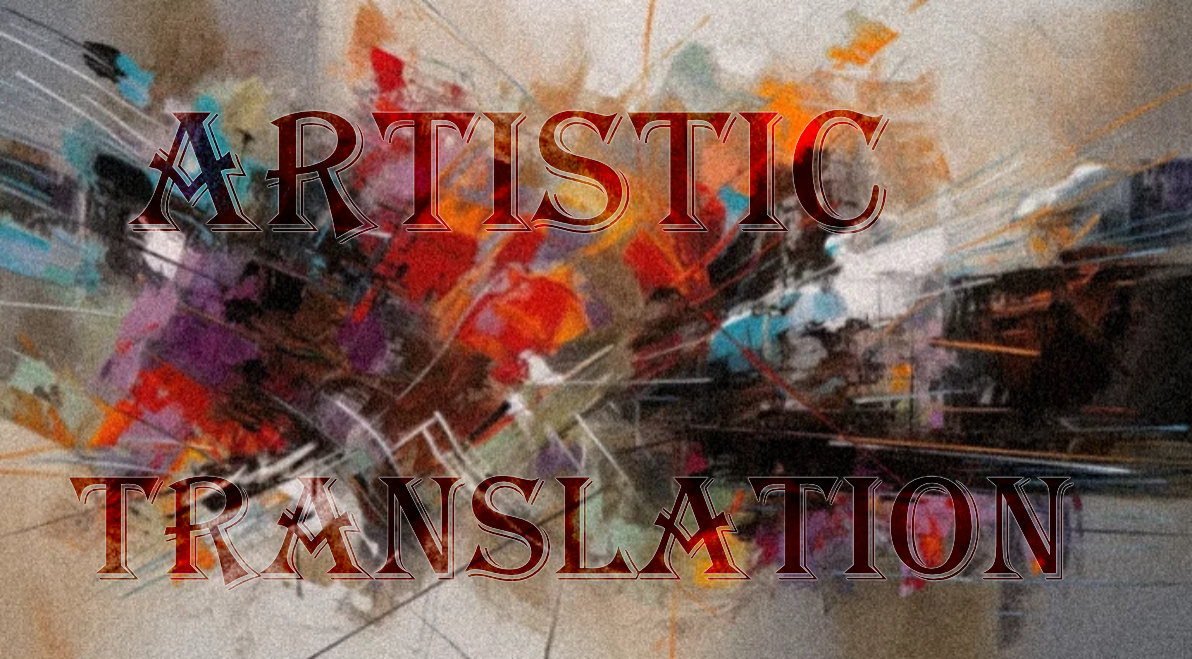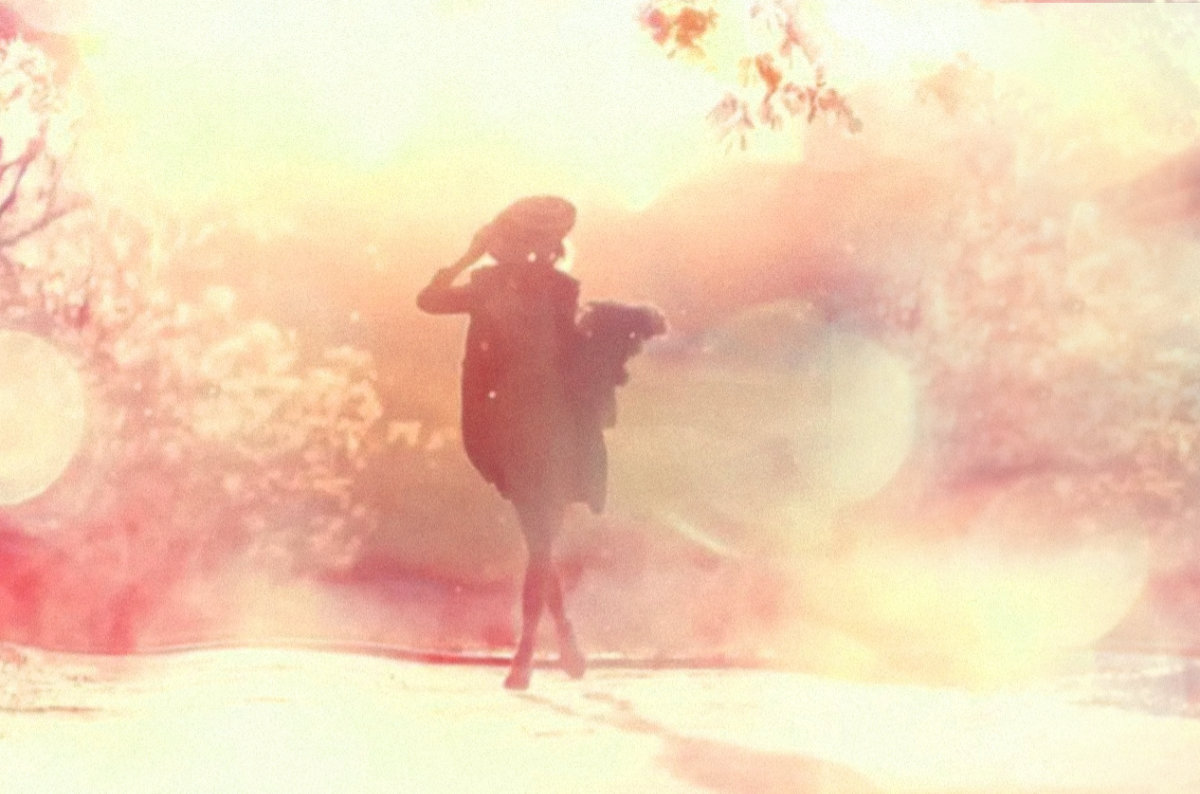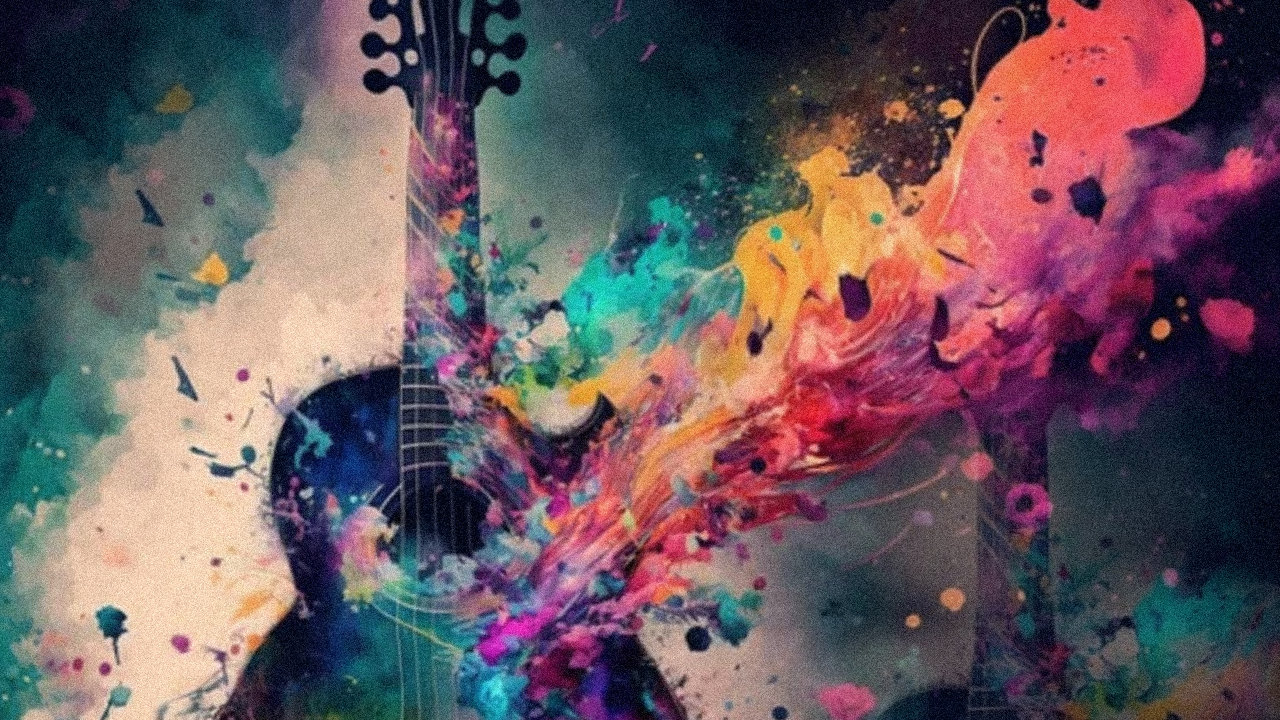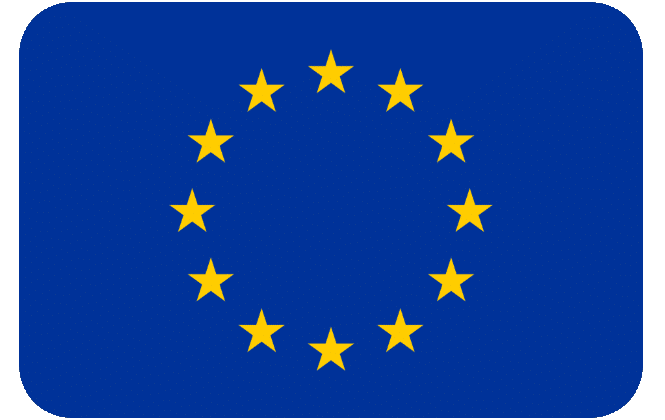The Art of Artistic Translation
Challenges, Magic, and Touching the Soul of a Nation

Conveying artistic impressions in another language is a distinct form of art.
Translating works of literature is the pinnacle of the trade. Compared to translators of other subjects, the difference is like that between a journalist and a poet. Of course, no one is saying that a journalist cannot be a good writer, but translators of fiction and poetry must themselves become artists, casting spells with extraordinary talent.
Thus, literary translation is a sacred ground of translators, and those who engage in it are like priests, immediately earning the status of the best of the best.
Imagine having before you a masterpiece of world literature. Let’s say for example you’ve decided to translate the poetry of William Blake. As is common in the world of art, we shall break the flow of time and explore the path you’ll need to walk to become a translator of world literature. Then, we’ll see what your work will bring to others.
A Literary Translator Must Be Nearly Equal to the Writer
Boundless Knowledge of Humanities Is Essential
To become a translator of literary texts, you must, of course, master both the original and the target languages almost perfectly. If you couldn’t at least be a mid-level novelist or poet yourself, this task will be too challenging for you.
You need to be deeply familiar with the arts. How could you properly translate William Blake without knowing about the era he represented? What artistic tools did he use, and why? What was he trying to convey with his works?
Related link: Even the best translator’s work can be refined by a qualified language editor. Did you know that in Vilnius, you can order the services of native-speaking editors in the most prominent foreign languages?

Blake was a poet of the early Romantic era. This was the artistic environment in which he created. It would be helpful to thoroughly understand what Romanticism is, how it differs from other artistic epochs, and what the artists of this movement focused on. After all, you cannot ignore how the art of that time differs from the present—it might come in handy when crafting a moving translation.
And that’s not all. Blake was a person of the early 19th century. To translate him properly, you’ll need to immerse yourself in the language of that time, which means understanding what the society of that age lived by.
Blake was an English poet. What will an English classics translator be capable of if they’re not thoroughly familiar with the culture and worldview of the English and the other inhabitants of the British Isles? Such a translator must have a strong grasp of how the English differ from other Europeans; otherwise, they won’t capture the national tone that, undoubtedly, permeates Blake’s poetry.
The Magic of the Pen
Before even picking up the pen, the translator must think about the reader. First, like an actor, they must immerse themselves in the role, dive into the poet’s visions, and fully submerge in Blake’s creative world. They must discover what his message to humanity was.
In other words, before starting to translate a world-class classic, one must thoroughly understand which buttons Blake pressed to stir up waves in the society of his time, and later beyond it.
I recommend reading: Why are nearly all wealthy countries either English-speaking or home to populations fluent in the global language? Because good language skills open doors to more significant positions in the international community. How to make use of this is discussed in the article, “Lithuanian-English Translation: Our Gateway to the World.”
Finally, the translator must recreate the magic of Blake’s words in the target language. But that’s still not enough. If you want your translation to have the same powerful artistic impact, you’ll also need to make sure you press the right artistic influence buttons in the reader’s soul.
And for that, you must equally master the humanities context of the target language. If you are translating into Lithuanian, you’ll need to know how to write a stirring text for the Lithuanian audience. Some literary devices might move the English, while the Lithuanians might respond to others. For example, it could make sense to use a different symbol if you decide that William Blake, had he written for Lithuanians, would have chosen a different form of expression.

The Mechanics of Artistic Imagery
The Art of Translation
Literary translation is an art form in itself. It becomes clear why literary translators are the elite of translators. Many people write texts, but only the chosen ones write poems and novels that define the spirit of an era. Translations of fiction also surpass ordinary professional frameworks and become works of art. This means that the translators of such texts are artists. They create magic. They open new worlds and reveal what was previously unseen.
What, in fact, does such translation magic create? Shared values and experiences. If you wish to convey the Lithuanian worldview to the world, say, during the Soviet era, the best way to do so is to translate the works of Justinas Marcinkevičius. To convey to the world the impression we feel when Mažvydas teaches a child to read, or when Mindaugas battles the egoism of tribal leaders while uniting Lithuania. What power reaches us from the writer’s words about the smell of freshly baked bread, the sweetness of the native word, and the Lithuanian deeply rooted in history and his land?
If we want to convey our national sentiment, we must artistically translate the works of our most prominent writers. Incidentally, J. Marcinkevičius’s works have been translated into a dozen foreign languages. So, translators are building bridges.
Summary
No other form of translation rivals the complexity and impact of literary translation. Now we know how much there is to learn in order to master the art of translation. It is these translators who create artistic influence, and therefore they are artists themselves. They convey the author’s national sentiment to other nations, creating a bond between peoples and, often, a shared European identity.
 Official Translators for EU Institutions
Official Translators for EU Institutions